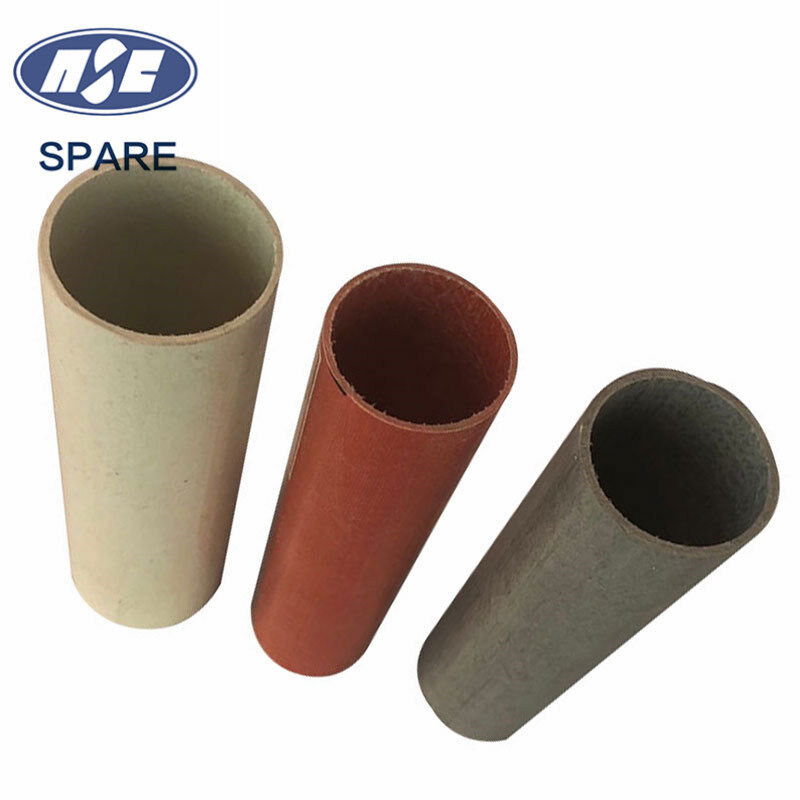The fabric of our societies is often symbolized by the flags we hoist – symbols of unity, identity, and pride. As emblems of such importance, the poles that support these flags merit careful consideration in their construction. Over the years, flagpole manufacturing has been subject to an evolutionary trajectory, from wooden staves to metallic rods. Today, the avant-garde in this domain is the FRP (Fiber Reinforced Polymer) material, which presents a compelling blend of strength, durability, and adaptability. Drawing upon empirical data, we offer a comprehensive examination of why FRP is fast becoming the gold standard in flagpole construction.
**1. Weight vs. Strength Paradigm:**
– **Strength-to-Weight Ratio:**
– FRP boasts a strength-to-weight ratio approximately 20 times greater than steel, a traditionally favored material. In contrast, aluminum, another popular choice, has a ratio that hovers between 7-10 times that of steel. The implication is clear: FRP provides substantial strength with a fraction of the weight, facilitating easier transportation and more cost-effective installation processes.
**2. Resilience to Corrosive Elements:**
– Through the salt fog test (ASTM B117), we derive insights into corrosion resistance:
– Steel, although sturdy, begins its succumb to rust in a mere 96 hours.
– Aluminum, while somewhat better, starts showing pitting after about 200 hours.
– Remarkably, FRP stands unyielding, showing no signs of degradation even after an impressive 1,000 hours. This robust resistance translates to a vastly extended lifespan for FRP flagpoles, especially in environments rife with corrosive agents.
**3. Bending but Not Breaking – The Wind Test:**
– Flagpoles must withstand nature’s fury, particularly gale-force winds:
– Steel poles have been tested to endure up to 90 mph winds.
– Aluminum poles, while slightly better, cap out at about 100 mph.
– FRP, on the other hand, demonstrates remarkable elasticity, bearing winds of up to 120 mph without snapping. This adaptability ensures not only the flagpole’s longevity but also safety, especially during inclement weather conditions.
**4. Insulation – A Silent Guardian:**
– FRP’s insulative properties make it stand out starkly against metals:
– In terms of thermal conductivity, FRP measures at 0.8 W/m·K, substantially lower than aluminum’s 205 W/m·K or steel’s 43 W/m·K. This means FRP remains relatively cool even under sweltering conditions.
– Electrically, FRP is essentially non-conductive, a significant advantage over aluminum (37.7 x 10^6 S/m) and steel (6.99 x 10^6 S/m), especially during thunderstorms or inadvertent contact with electrical wires.
**5. Retaining Aesthetic Appeal:**
– Color retention is crucial for maintaining the flagpole’s visual appeal:
– ASTM D2244 tests reveal that while metal poles start fading noticeably within 2 years, FRP maintains over 90% of its vibrant color even after a half-decade. The integral color in FRP ensures a consistent, fade-resistant appearance, eliminating frequent repaint jobs.
**6. Long-Term Economic Advantages:**
– Over a decade, the maintenance cost of steel poles approximates to 15% of their initial cost, mainly attributed to painting and rust treatments. Aluminum poles, while slightly better, still command about 10% of the initial cost due to treatments for pitting and oxidation.
– In stark contrast, FRP poles necessitate a negligible maintenance cost, less than 2% of the initial price. When projecting the costs over a decade or more, FRP’s economic efficiency becomes patently clear.
**7. An Environmentally Conscious Choice:**
– FRP flagpoles underscore a commitment to sustainability:
– Compared to steel manufacturing, FRP production emits 15% less CO2. Aluminum production, often criticized for its environmental impact, emits nearly double the CO2 compared to steel. Hence, FRP stands out as a green choice, both in terms of production and its longevity, which reduces replacement-induced waste.
**In Summation:**
Flagpoles, though often overlooked, are the silent sentinels that bear our symbols of unity and pride. As we look towards materials that amalgamate strength, durability, aesthetics, and environmental consciousness, FRP emerges as the front-runner, a beacon for modern flagpole manufacturing. This data-driven analysis unequivocally underscores the myriad advantages FRP offers, making it the quintessential choice for the flagpoles of today and tomorrow.

